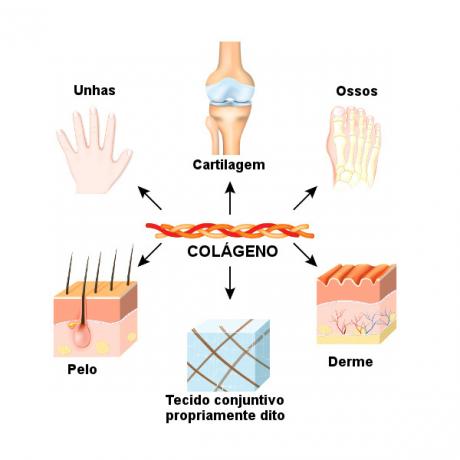The bodies of the Kingdom Plante they are multicellular, with eukaryotic cells. They are self-sufficient, that is, they produce their own food through photosynthesis, thus being called autotrophs. All plant cells have cellulose in their cell wall, vacuoles and chloroplasts in their interior.
Vegetables were the first settlers on planet Earth. Thanks to their food self-sufficiency, they managed to conquer the environment. It is through plants that life on the planet is maintained.
Do not stop now... There's more after the advertising ;)
Vegetables are classified according to the presence or absence of flowers. Plants that do not have flowers and whose reproductive structure is barely visible are called cryptogamous; and plants that have flowers and whose reproductive structure is very visible, we call phanerogams.
Plants, regarding the presence or absence of conducting vessels, are classified as plants avascular and vascular.
Mind Map: Kingdom Plantae

*To download the mind map in PDF, Click here!
The plants avascular they are devoid of sap-conducting vessels. The phyla that have avascular plants are:
• Phylum Bryophyta (mosses);
• Phylum Hepatophyta (hepatic);
• Phylum Anthocerophyta (Anthocera).
The plants vascular, also called tracheophytes, have sap-conducting vessels. Among vascular plants there are those that have seeds and those that do not have seeds.
The phyla that have vegetables vascular, which do not have seeds, are:
• Phylum Pterophyta (ferns and ferns);
• Phylum Lycophyta (lycopods and selaginelas);
• Phylum Sphenophyta (horsetail);
• Phylum Psilotophyta (psilotaceae).
The plant phyla that have vascular plants with seeds are the gymnosperms and the Angiosperms.
1. gymnosperms: vegetables that do not have flowers, cryptogams or fruits.
• Phylum Coniferophyta (pines and cypresses);
• Phylum Cycadophyta (cycads);
• Phylum Gnetophyta (gnetaceae);
• Phylum Ginkgophyta (gincobilobas).
2. Angiosperms: vegetables that have flowers and fruits.
• Phylum Magnoliophyta or Anthophyta (trees, grasses, etc.).
* Mind Map by Ma. Vanessa Sardinha
Paula Louredo
Graduated in Biology
(Cefet-MG) Roots, stems, flowers, leaves, seeds and fruits are only present in:


